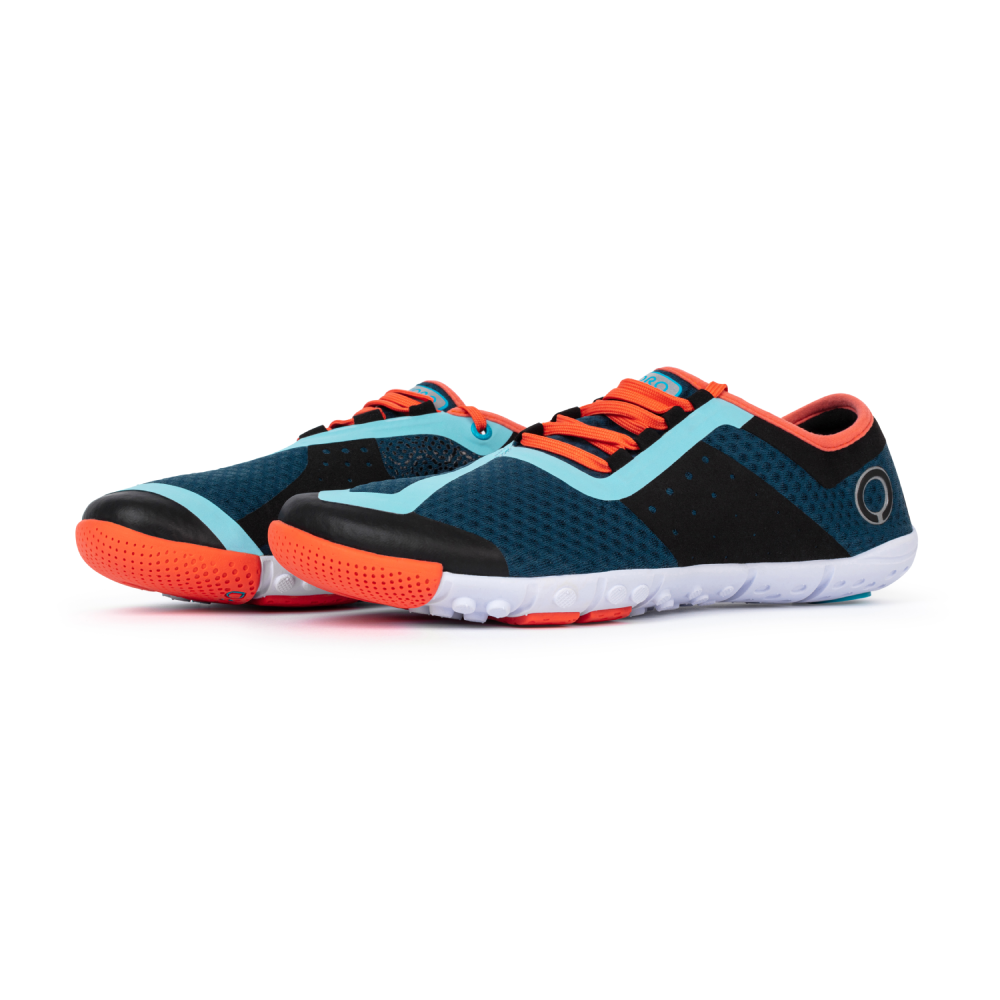“Similarly, persistently running in the same manner reduces the variability of our individual stride “signature.” Gradually, structures become overspecialized. When excess monotony, fatigue, soreness or injury reduce our ability to vary aspects of our stride, our capacity to disperse mechanical stress diminishes. Loading stress becomes focused on an ever decreasing set of hot spots on — bones, tendons and muscles — and the risk of overuse injuries escalates. Conversely, when our variability options are expansive, which happens naturally in healthy, skilled and rested runners, we run efficiently and safely.”
–The Running Machine Myth by John Kiely
With a treadmill distance PR of 52.4 miles, I’m fully aware of how to safely run on it.
Aside from dying of boredom, the threat of overuse injury may be increased on the machine.
With the cold creeping up on people in the northern areas, I thought it important to highlight this potential hazard of the treadmill.
The danger lies in too much of a consistently maintained pace and gradient on a treadmill. Unlike a trail and even the road, the machine and its belt are the same landing platform every time. As the above quote states, this can target too much loading stress on the same body locations over and over again, not giving them time to heal.
Now, this is not reason to avoid the treadmill, but simply reason to make the workouts more interesting!
Altering the gradient and speed of the machine is the easiest way to do this. Changing these two variables will modify your running gait and spread out the loading a bit.
Below are a few examples of workouts you can perform on a treadmill (or road, of course) to both reduce the risk of overuse injury as well as hopefully make the time go by faster.
Lucky 7 Fartlek
10 minutes easy
3×7:00 at marathon effort (or inclined) with 3:00 jogging between
5 minutes cool down
Downhill Strides
If you’re lucky enough have access to a treadmill that will decline, take advantage of it! Downhill strides are an extremely running specific strength workout that will also help you work on a high cadence.
Predator Run
This is a progression run that ends with a segment faster than goal race pace. If you’re training for a 5k goal time, you could structure a workout like so:
15 minutes at 50% 5k pace
10 minutes at 75% 5k pace
10 minutes at 5k pace
5 minutes at 110% 5k pace
5 minute cool down
Hill Repetitions
15 minutes easy
6 x (4:00 at a low incline 1:00 at a high incline)
5-15 minute cool down
Kyle @ SKORA
You may also like:
Variety in Training
Winter Outdoor Running – How & Why
Top Training Mistakes
If you really need to add some excitement, you could always take up treadmill dancing.




